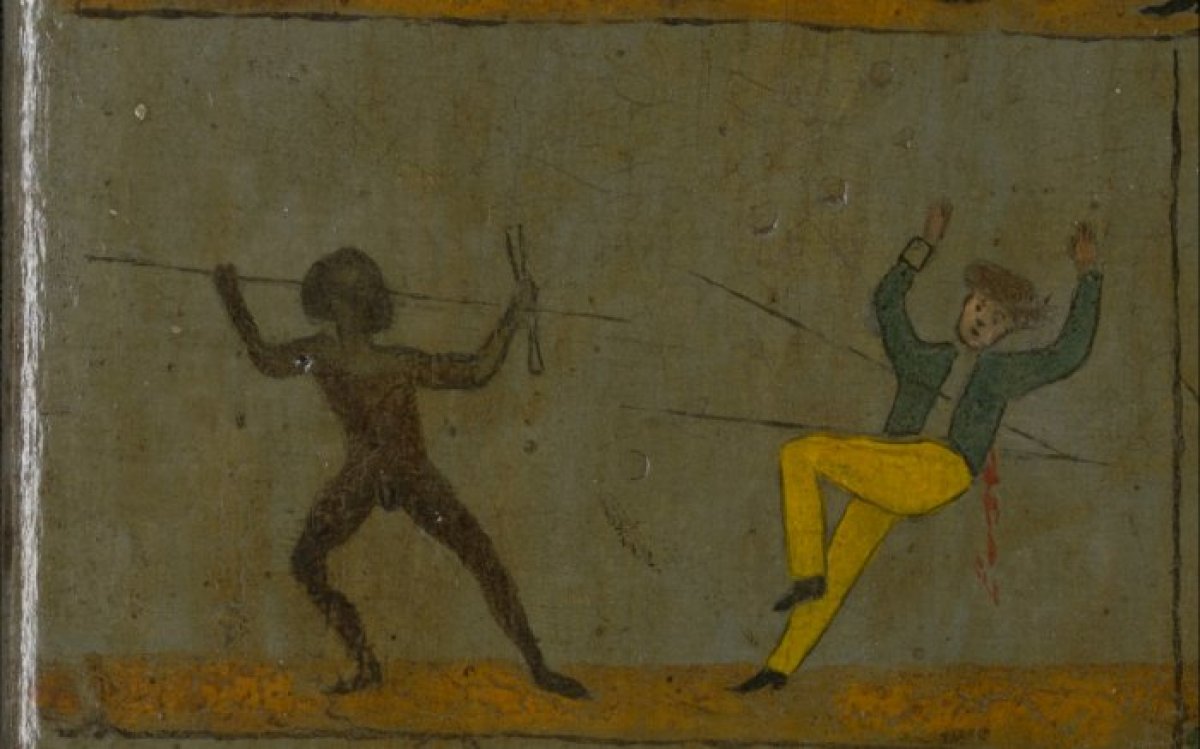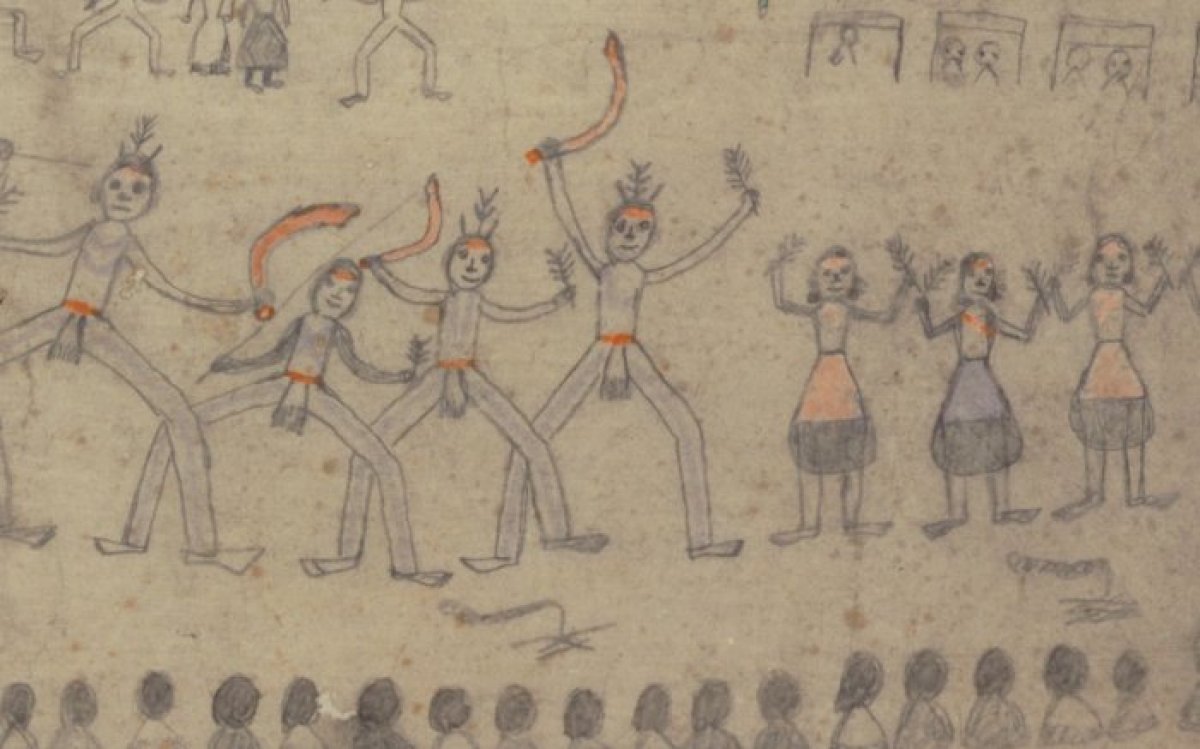In 1829, the surveyor general of Van Diemen’s Land, George Frankland (1800–1838), noticed that Aboriginal people used pictograms (simple drawings) to communicate with each other. He believed that the colonial government could use the same method to communicate important information to the Aboriginal communities living in Van Diemen’s Land.
For many years, the relationship between the Indigenous people of Van Diemen’s Land and the government and free settlers had been worsening. The European settlers had been violent towards Aboriginal men, women and children, and the settlers and Aboriginal people attacked each other in revenge.
As a result, Lieutenant Governor George Arthur (1784–1854) decided that the best way to tell the Aboriginal community about European laws was by using Frankland’s idea of small, wood-panel ‘proclamation boards’. These boards were illustrated simply with a clear message about law and order, and the way in which all members of society were expected to behave. Governor Arthur wanted to show that all people in Van Diemen’s Land, black and white, were equal before the law. It is uncertain whether the Aboriginal people understood the message and, if they did understand it, whether they believed it.
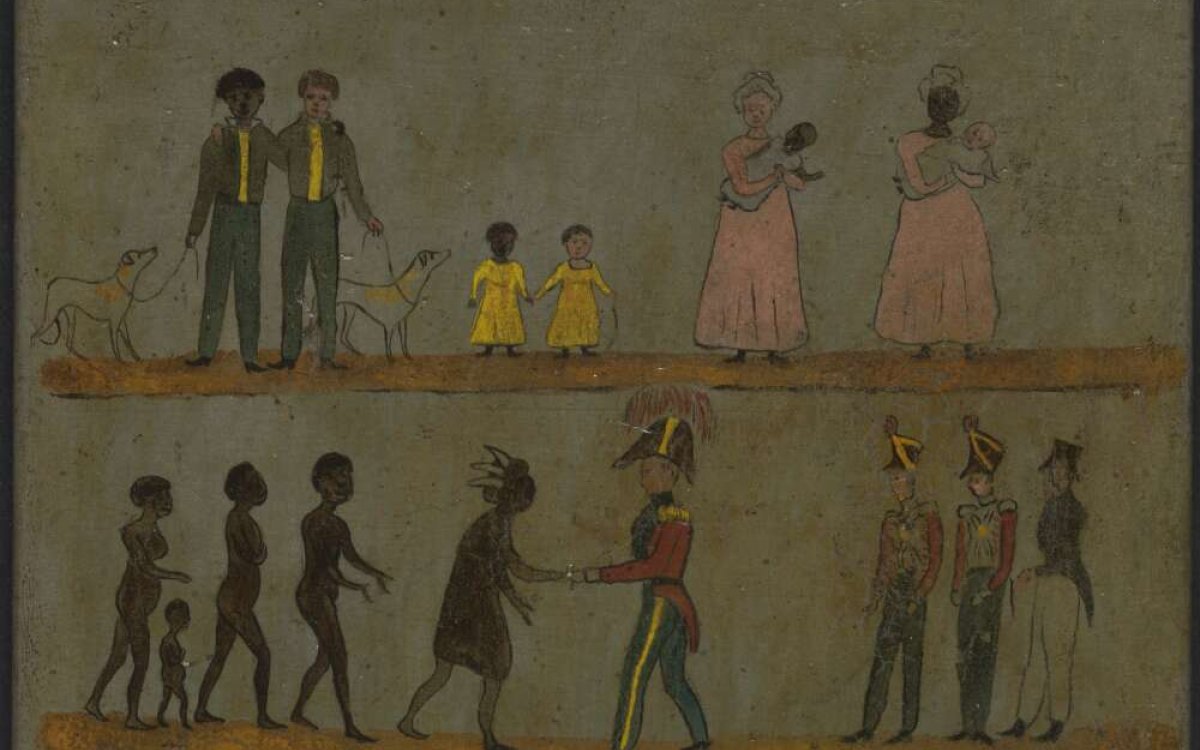
(1828). Governor Arthur's Proclamation to the Aborigines 1st Nov. 1828 [picture]. http://nla.gov.au/nla.obj-138420046
1. In a class discussion, explore the source with your students using the following questions:
- What is the message that this source conveys?
- When do you think the proclamation board might have been used?
- How might it have been used?
- Why might it have been used?
Conclude the class discussion by explaining the historical context of the source to your students, using the background information provided.
2. Challenge your students to compare the following detail from the proclamation with a detail from a drawing by Aboriginal artist Mickey from Ulladulla.
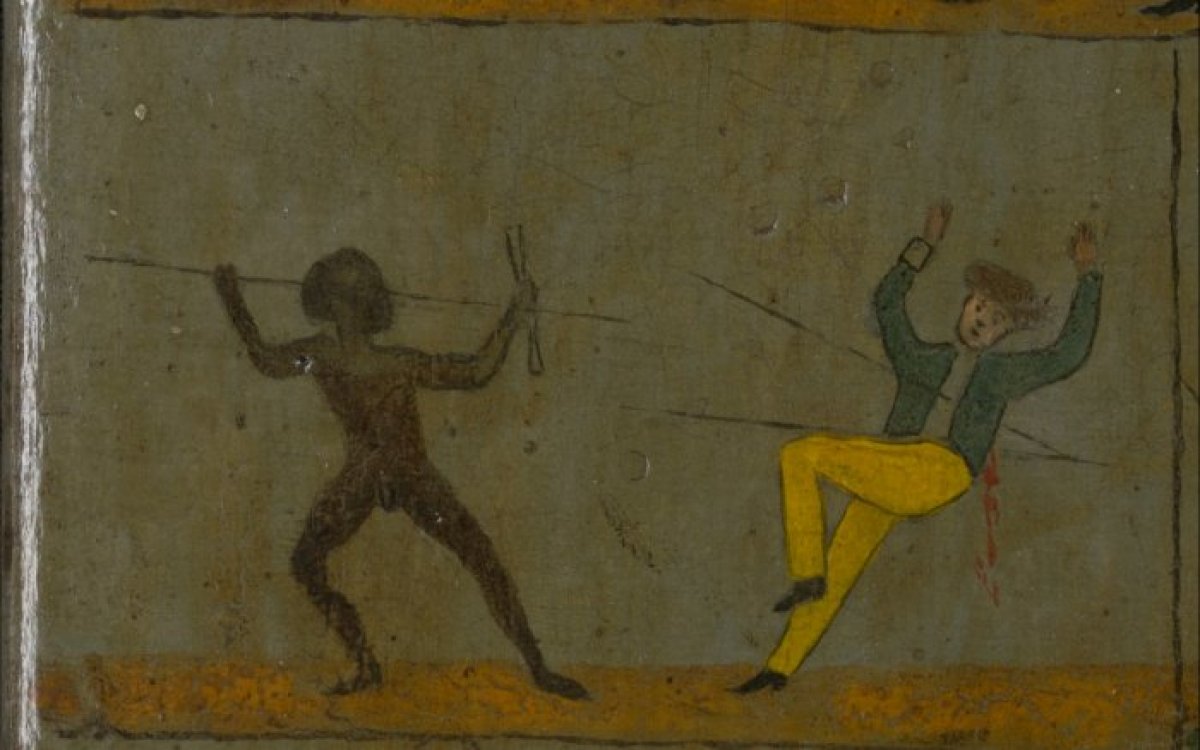
(1828). Governor Arthur's Proclamation to the Aborigines 1st Nov. 1828 [picture]. http://nla.gov.au/nla.obj-138420046
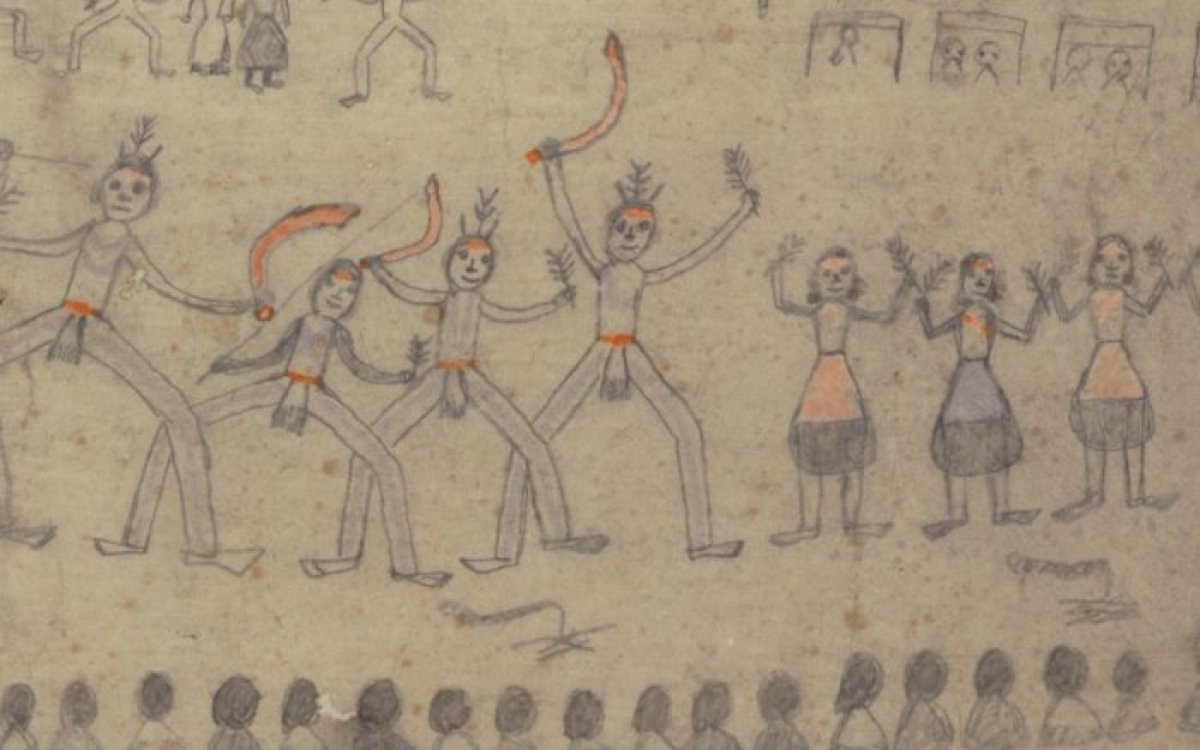
Mickey of Ulladulla, 1820?-1891. (1885). Corroboree with native animals in the distance near Ulladulla, New South Wales, approximately 1885 [picture] / [Micky]. http://nla.gov.au/nla.obj-135517021
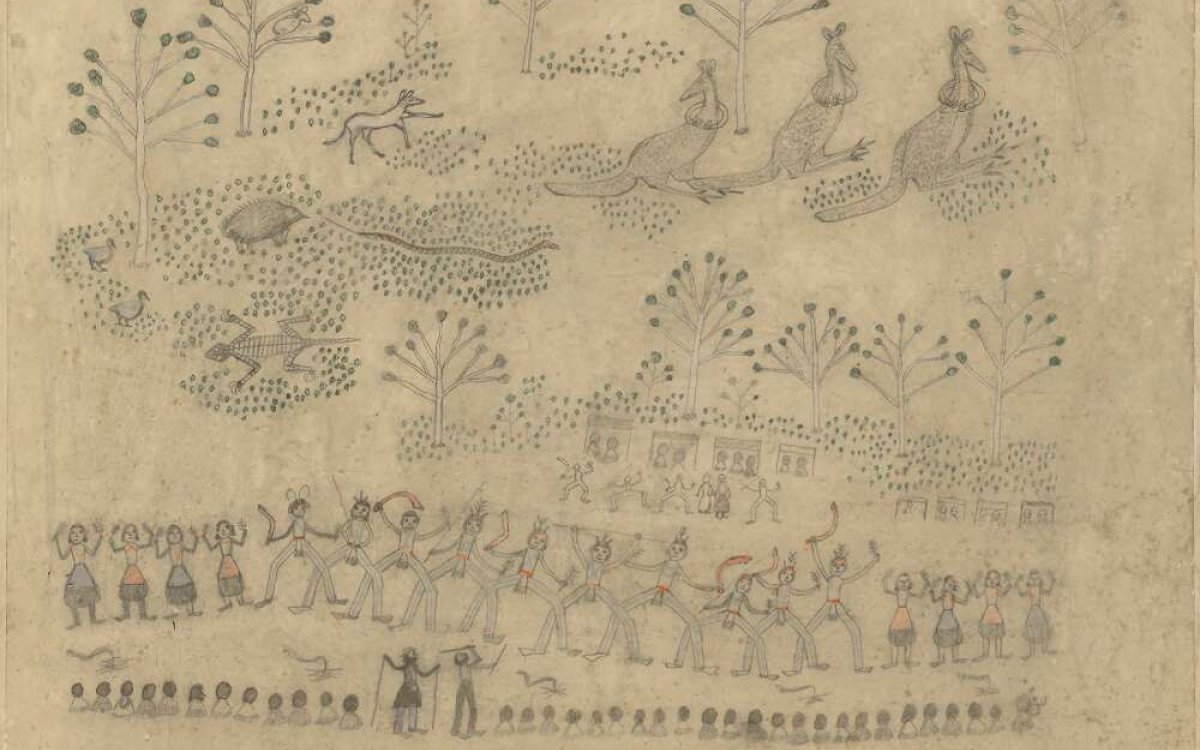
Mickey of Ulladulla, 1820?-1891. (1885). Corroboree with native animals in the distance near Ulladulla, New South Wales, approximately 1885 [picture] / [Micky]. http://nla.gov.au/nla.obj-135517021
Discuss the following questions with your students:
- What are the similarities between the ways Governor Arthur’s proclamation board and Mickey of Ulladulla (1820─1891) have depicted male figures? What are the differences?
- How might these similarities and differences have influenced the way different groups interpreted the message on Governor Arthur’s proclamation?
3. Challenge your students to design a poster for a contemporary Australian audience that conveys the message that all Australian people are equal before the law.
Other Treasures sources that relate to the concepts explored in this source include: First peoples, Early settlement and Contact

